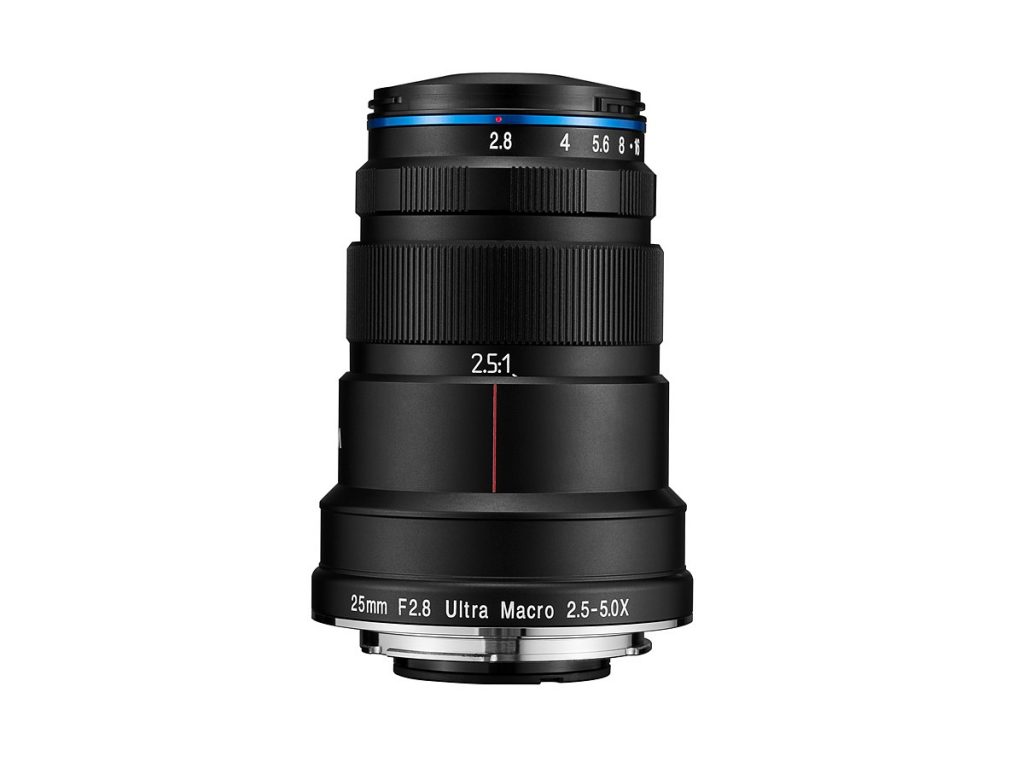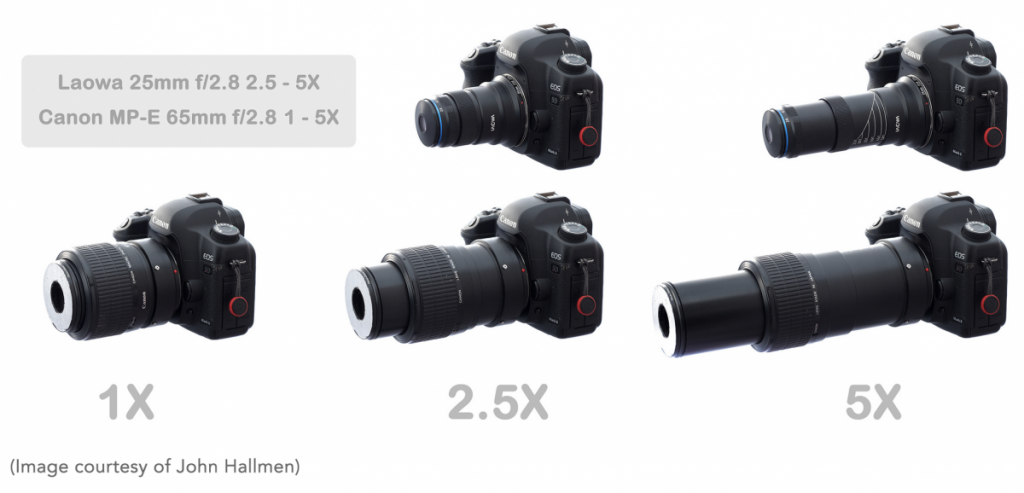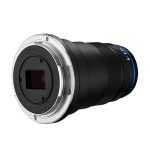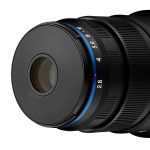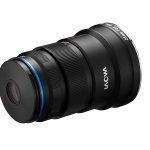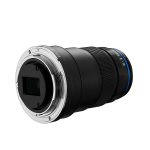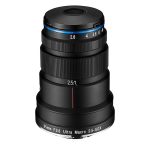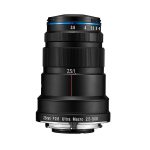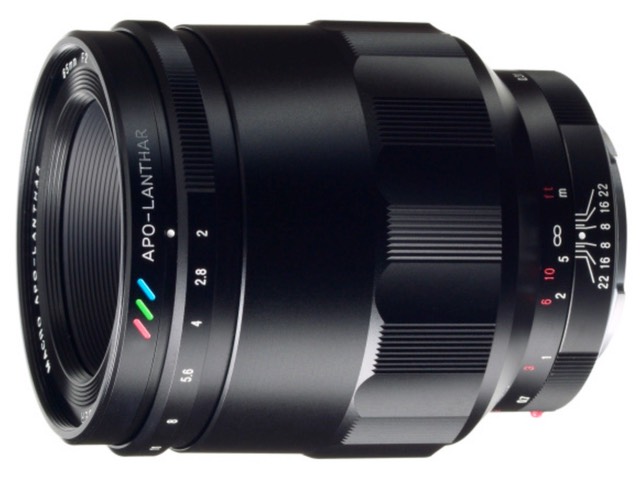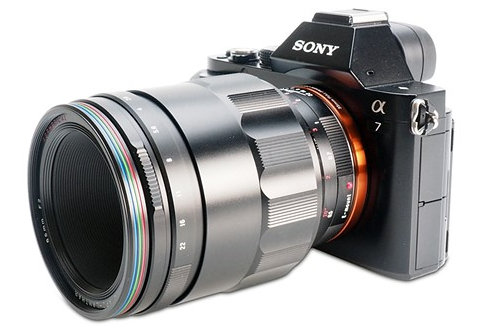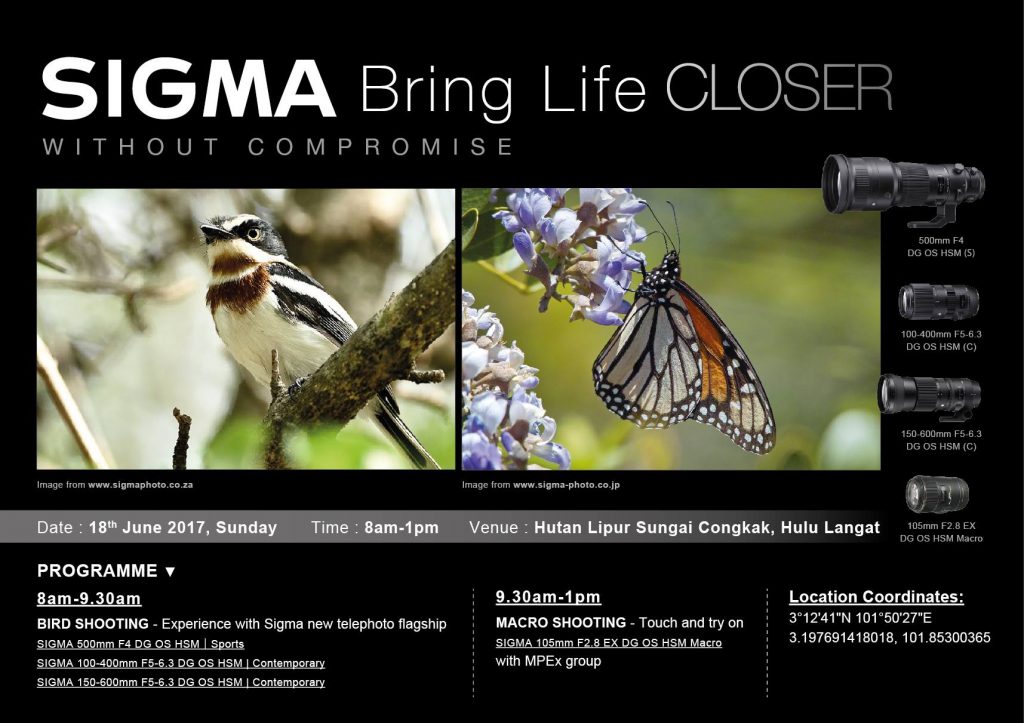SIGMA 70mm F2.8 DG MACRO
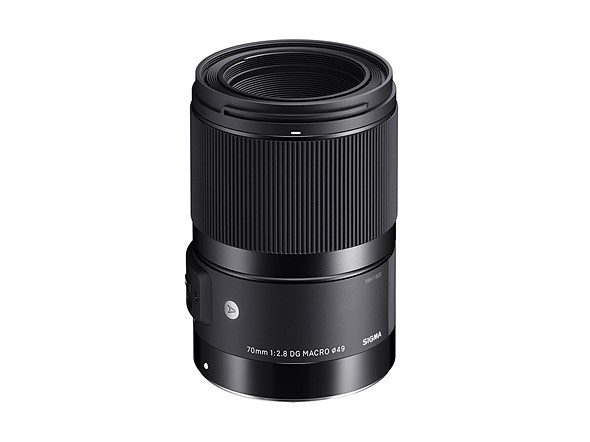
Stunning resolution and clarity for a breathtaking visual experience—a razor-sharp macro lens joins the Art line
1. Design prioritizing optical performance
2. Focus-by-wire system for comfortable and precise focusing
3. Compatible with Sony E-mount cameras with full-size sensors
4. Compatible with Canon Lens Aberration Correction
5. Compatible with SIGMA ELECTRONIC FLASH MACRO EM-140 DG (adapter required)
6. Compatible with SIGMA TELE CONVERTERS (Not available for Sony E-mount lens) Launch: TBD Accessory: Case, Hood (LH708-01) Available AF mounts: SIGMA, Canon, Sony E-mount Note: Appearance and specifications are subject to change without notice.
The long-awaited first macro lens in the Art line In recent years, macro lenses in the standard range have tended to employ inner focusing with the goal of maximizing autofocus speed. In contrast, the new SIGMA 70mm F2.8 DG MACRO | Art lens is designed to prioritize optical performance, fulfilling the demanding image quality requirements that define the Art line. In the standard to mid-telephoto range, it delivers stunning resolution and incredible clarity that greatly exceed expectations for a macro lens. The coreless DC motor further enhances image quality, while an optimized algorithm helps offer extremely smooth autofocus performance for a weightier, high-performance lens. Photography enthusiasts will recall a certain legendary, razor-sharp macro lens—the SIGMA MACRO 70mm F2.8 EX DG—and be glad to learn it is available in a new form, updated with outstanding Art line quality.
Key features
1. Design prioritizing optical performance In order to realize top-level performance at every shooting distance, the lens features an extending, floating, two-group focus mechanism. This configuration minimizes aberration to produce optimal results at any focus distance. To minimize axial chromatic aberration, the optical system incorporates two FLD glass elements, two SLD glass elements, and one element with a high rate of anomalous partial dispersion and a high index of refraction. In addition, two aspherical lens elements help increase resolution at close shooting distances. This optical system makes possible a razor-sharp in-focus area contrasted with a bokeh area free of color streaking.
2. Focus-by-wire system for comfortable and precise focusing The focus-by-wire system eliminates the direct mechanical connection between the focus ring and the focus drive system. Controlled by SIGMA’s latest algorithm, a newly developed coreless DC motor adjusts focus with optimal speed and low noise. Full-time manual focus is available even during autofocus, allowing the photographer to make minute focus adjustments simply by turning the focus ring. In addition, the focus ring’s large angle of rotation helps the photographer achieve the extremely precise focusing required for effective macro photography.
3. Compatible with full-frame Sony E-mount cameras The version of this lens compatible with Sony E-mount mirrorless cameras contains the same optical system as for SLRs. SIGMA MOUNT CONVERTER MC-11 is not required, as the lens performs the same functions as the converter, including in-camera image stabilization and in-camera lens aberration correction. In addition, the lens is compatible with Sony’s Continuous AF, which is not addressed by MOUNT CONVERTER MC-11. SIGMA plans to offer over time Sony E-mount versions of every full-frame prime lens currently available in the Art line, from 14mm to 135mm.
Note: This product is developed, manufactured and sold based on the specifications of E-mount which was disclosed by Sony Corporation under the license agreement with Sony Corporation.
4. Compatible with Canon Lens Aberration Correction The Canon mount lens is compatible with the Canon Lens Aberration Correction function.* Matching the optical characteristics of the lens, this function performs in-camera corrections of peripheral illumination, chromatic aberrations, distortion, and more, further enhancing image quality. *Function not available on all Canon cameras. Further, available corrections may vary by Canon camera model.
5. Compatible with ELECTRONIC FLASH MACRO EM-140 DG (adapter required) Exclusively for SIGMA 70mm F2.8 DG MACRO | Art, the 65mm MACRO FLASH ADAPTER makes the lens compatible with ELECTRONIC FLASH MACRO EM-140 DG (both accessories sold separately). Thanks to the 72mm filter thread, a 72mm MACRO FLASH ADAPTER can also be added so as to accommodate 72mm macro flash products and accessories, including macro flashes other than EM-140 DG as well as ring lights.
6. Compatible with SIGMA TELE CONVERTERS The lens is compatible with SIGMA TELE CONVERTERS (sold separately) designed for the company’s new lens lines. SIGMA TELE CONVERTER TC-1401 allows the lens to be used as a 98mm F4 mid-telephoto macro with autofocus functionality,* while SIGMA TELE CONVERTER TC-2001 allows the lens to be used as a 140mm F5.6 mid-telephoto macro with manual focus.
*Autofocus available at 0.5m to infinity.
*Not available for Sony E-mount lens
Other features
- Mount with dust- and splash-proof design*
*SIGMA mount lens does not include sealing, since sealing is present on compatible SIGMA cameras.
- Rounded diaphragm
- Fast AF with full-time manual override*
* The operation of full-time MF may vary based on mount type.
- Compatible with SIGMA MOUNT CONVERTER MC-11*
*SIGMA and Canon mount lenses
- Available SIGMA USB DOCK makes customization and flexible adjustment possible*
*Not available for Sony E-mount lens
- Available Mount Conversion Service
- Brass bayonet mount
- Evaluation with SIGMA’s own MTF measuring system: A1
- “Made in Japan” with outstanding craftsmanship
For more information about the SIGMA GLOBAL VISION lineup of fine products, please visit the official SIGMA global website: SIGMA GLOBAL VISION: https://www.sigma-global.com
Specifications
All figures calculated for SIGMA
Lens Construction: 13 elements in 10 groups | Angle of view (35mm): 34.3° | Number of diaphragm blades: 9 (rounded diaphragm) | Minimum aperture: F22 | Minimum focusing distance: 25.8cm/10.2in. | Maximum magnification ratio: 1:1 | Filter size: ø 49mm| Dimensions (diameter x length): ø70.8mm x 105.8mm/2.8in. x 4.2in. | Weight: 515g/18.2oz.
